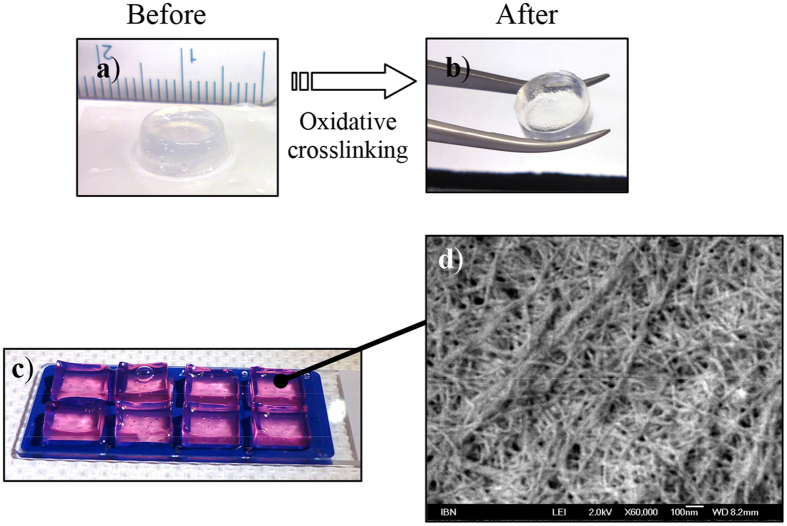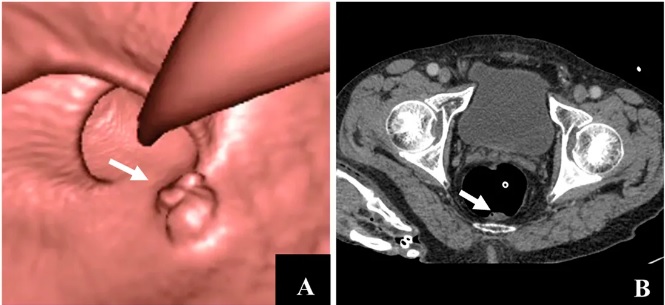Stanford Researchers Discover Lung Cells That Repair Smoke Damage

In a groundbreaking study conducted by researchers at Stanford University, a rare type of lung cell has been identified as crucial for repairing damage caused by environmental toxins such as wildfire smoke and respiratory viruses. Published on June 9, 2025, in the journal Cell, this research highlights the role of neuroendocrine cells and their signaling pathways in lung health and regeneration, with potential implications for treating respiratory illnesses and metabolic syndromes.
The study reveals that neuroendocrine cells, which make up less than one percent of the airway lining, initiate a biological cascade that protects other vulnerable cells in the lungs and pancreas. These cells produce a protein known as Desert hedgehog, which triggers a sequence of events that enables the airways to heal after exposure to harmful substances. According to Dr. Philip Beachy, the Ernest and Amelia Gallo Professor at Stanford and lead author of the study, "This whole signaling cascade both protects and regenerates vulnerable cells in the airway and the pancreas."
The significance of this discovery lies in its potential to improve treatments for individuals exposed to harmful smoke or viruses, particularly firefighters and patients with chronic respiratory diseases. The researchers tested an experimental drug that activates the repair pathway in mice, demonstrating that it dramatically reduced airway damage following infection with influenza and the COVID-19 virus.
Dr. William Kong, the study's first author, noted that mice treated with the Desert hedgehog signaling pathway activator showed a higher survival rate and less cell loss compared to untreated controls. Specifically, control mice lost 85% of ciliated cells and 41% of secretory cells within 24 hours after exposure to sulfur dioxide, while treated mice fared significantly better, with 66% of ciliated cells and 82% of secretory cells surviving.
The findings from this research not only advance the understanding of lung repair mechanisms but also raise the possibility of similar protective pathways in humans. Previous observations indicated that patients treated with drugs blocking these pathways had a doubled risk of developing diabetes, suggesting that activating this signaling pathway could be beneficial for individuals with metabolic syndrome.
This innovative research underscores the importance of neuroendocrine cells in maintaining lung health and opens the door for new therapeutic strategies aimed at enhancing the body’s natural repair mechanisms. While the study was conducted in mice, the implications for human health are promising, leading to further investigations into how these pathways can be effectively harnessed for medical treatments.
As the team continues to explore targeted delivery methods for activating the Desert hedgehog pathway, they emphasize the need for caution regarding long-term activation due to potential adverse effects. The goal is to develop strategies that could provide immediate protection for vulnerable populations exposed to airborne toxins or at risk for diabetes. The findings signify a step forward in regenerative medicine, potentially transforming how respiratory and metabolic diseases are approached in the future.
Advertisement
Tags
Advertisement





